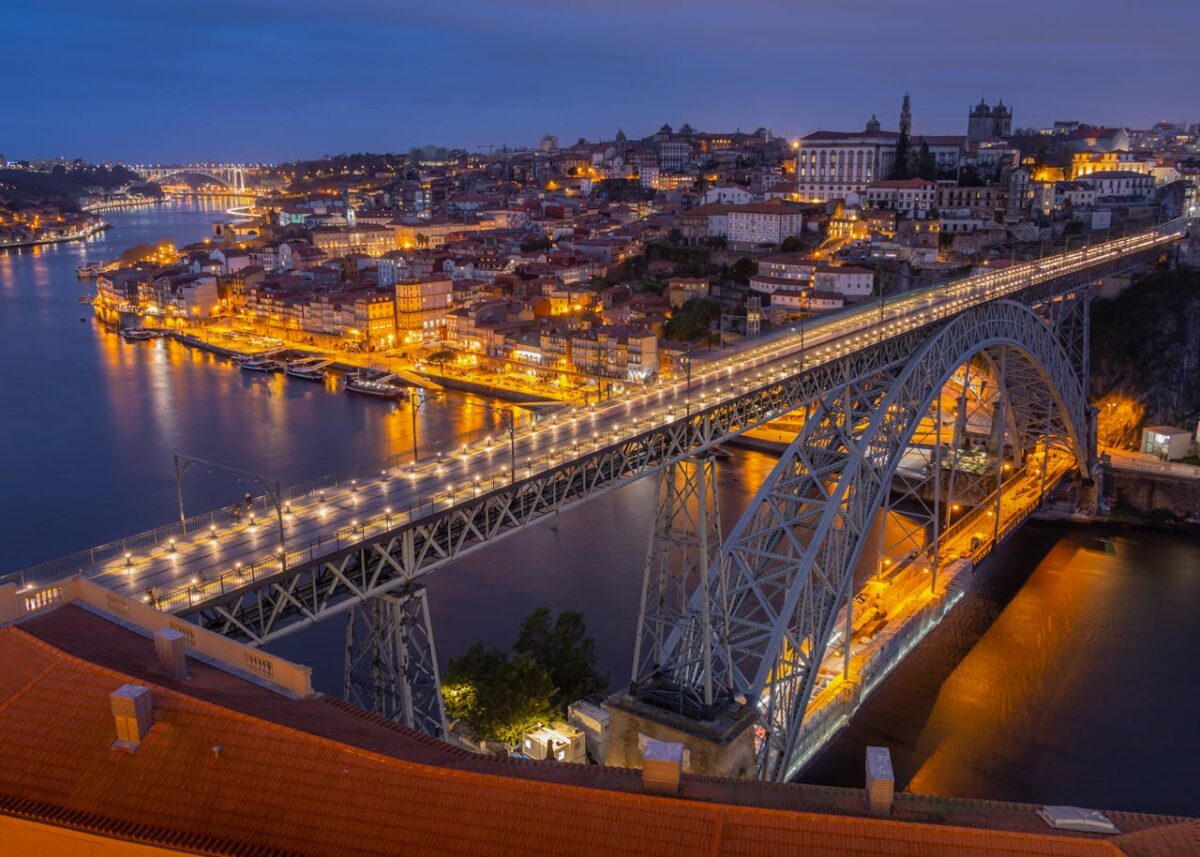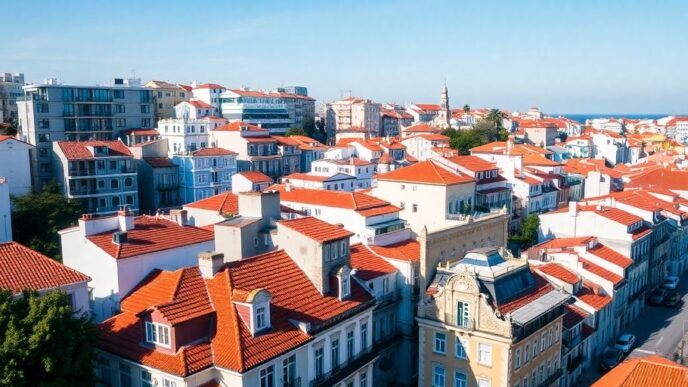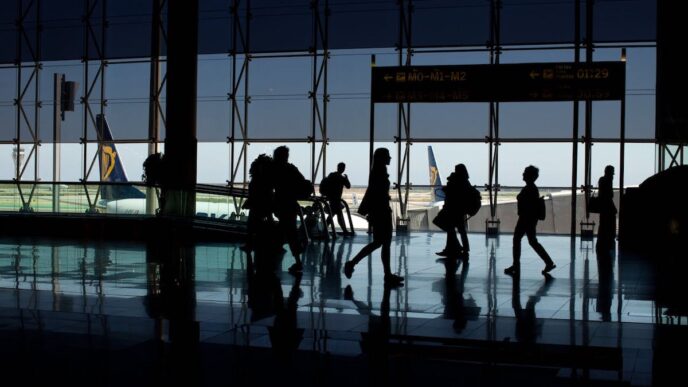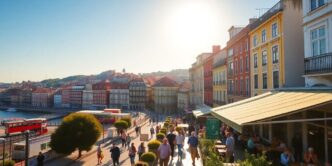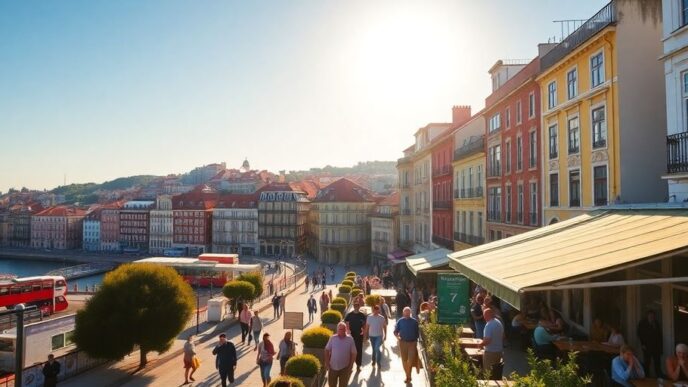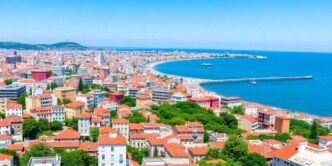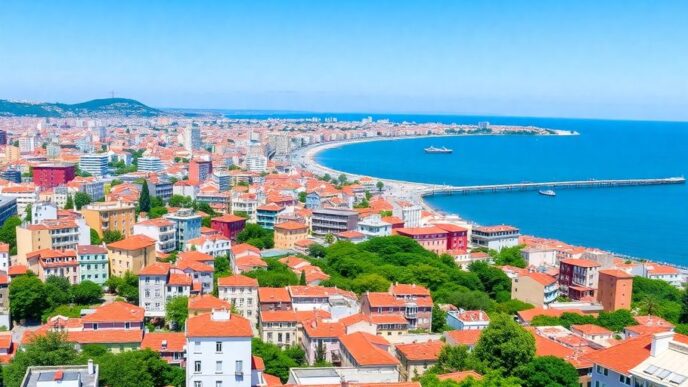Portugal’s tourism sector has seen consistent growth over the years, contributing significantly to the country’s economy. However, it faces several challenges that could impact its sustainability and long-term success. Here’s a detailed overview of the main challenges Portugal’s tourism sector encounters:
1. Overtourism and Sustainability
- Seasonal Overload: Popular destinations like Lisbon, Porto, and the Algarve often experience overcrowding during peak tourist seasons. This can strain infrastructure, disrupt local communities, and diminish the quality of life for residents.
- Environmental Impact: The influx of visitors impacts natural resources and local ecosystems. Coastal erosion, waste management, and water usage are growing concerns, particularly in sensitive areas such as the Ria Formosa and other coastal reserves.
2. Housing and Cost of Living
- Rising Real Estate Prices: The booming tourism industry has led to an increase in short-term rentals and property investments, pushing up housing prices. This has made it difficult for locals to find affordable housing in major cities.
- Gentrification: The growth in tourist accommodations has contributed to the gentrification of neighborhoods, displacing residents and altering the cultural landscape of urban areas.

3. Workforce Shortages
- Labor Shortfalls: The tourism sector has faced challenges in recruiting and retaining skilled workers. The COVID-19 pandemic exacerbated this issue as many workers left the industry and did not return.
- Seasonal Employment: A large portion of tourism jobs in Portugal are seasonal, leading to employment instability for workers and a lack of experienced staff during peak times.
4. Dependence on Key Markets
- Economic Dependence on International Visitors: Portugal’s tourism relies heavily on visitors from the UK, Germany, and France. Any economic downturn or travel restrictions in these countries can significantly impact tourism revenue.
- Limited Diversification: While Portugal has been successful in attracting international visitors, there is a need to diversify its visitor base and target new markets to reduce dependency on a few key source countries.

5. Digital Transformation and Infrastructure
- Slow Adoption of Technology: Some sectors within the tourism industry, such as small hotels and independent operators, have been slow to adopt digital tools. This can hinder their ability to compete in a global market that increasingly relies on online bookings and virtual experiences.
- Infrastructure Limitations: Public transport in popular tourist destinations can be overcrowded or lack the efficiency to manage high tourist volumes. Upgrades to transport systems and connectivity are needed to improve the tourist experience.
6. Climate Change and Natural Risks
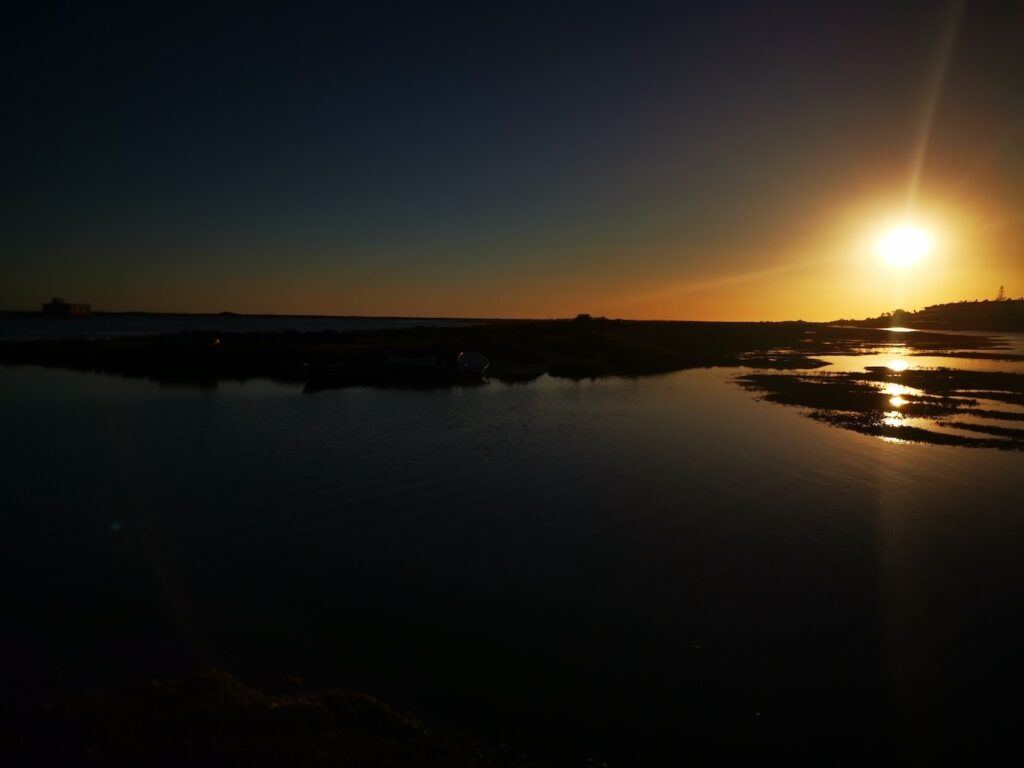
- Weather Dependence: As a country known for its sunny climate, Portugal’s tourism is heavily weather-dependent. Climate change brings risks such as heatwaves, wildfires, and flooding, which can disrupt tourism and make certain destinations less appealing.
- Sustainability Initiatives: There is pressure on the government and tourism industry stakeholders to adopt and implement more eco-friendly and sustainable practices.
7. Balancing Tourism with Local Life
- Community Resistance: Some local communities have expressed frustration with the influx of tourists. Measures to regulate the number of visitors and ensure that tourism benefits locals are essential to maintaining social harmony.
- Preservation of Culture: The challenge of maintaining Portugal’s rich cultural heritage while adapting to the needs of modern tourism is ongoing. Ensuring that local traditions and customs are respected and not commercialized is key to sustainable tourism.
8. Economic Pressures
- Global Economic Fluctuations: Economic downturns and inflation in Europe and beyond can affect travelers’ disposable income, reducing the number of international visitors.
- Investment in Infrastructure: Continued investment is required to support and upgrade tourism facilities, airports, and public services to keep pace with the growing number of tourists.
Conclusion
While Portugal’s tourism sector continues to thrive, these challenges highlight the need for strategic planning and sustainable practices. Addressing these issues will be vital for ensuring that tourism can continue to contribute positively to the economy while preserving the quality of life for residents and protecting natural and cultural assets.
Collaboration between government bodies, local communities, and the tourism industry is essential for building a more resilient and balanced tourism sector.

